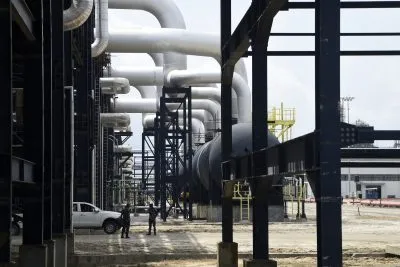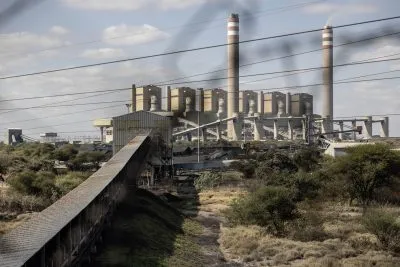Minigrid connections almost doubled from 40,700 in 2019 to more than 78,000 in 2021, although an industry which has proved resilient during the Covid-19 pandemic still needs greater support from investors, according to a report from the Africa Minigrid Developers Association (AMDA).
Electricity providers will need to triple access rates and connect 85m Africans every year if they are to eradicate energy poverty on the continent by 2030, and minigrids are an essential part of the solution, says the report.
More than 500,000 people in sub-Saharan Africa currently draw their power from minigrids, providing much-needed electricity to communities excluded from national power grids. But the second edition of AMDA’s flagship Benchmarking Minigrids Report expresses concerns that the sector is struggling to scale up as labyrinthine restrictions and tentative investors hold back small-scale renewable energy projects and preclude rural communities from accessing the full benefits of localised power grids.
Strong performance but little enthusiasm from investors
The latest report cites strong performance in a wide range of business metrics, including consistent revenue growth and falling operational expenses. The industry “is approaching financial viability”, with two of AMDA’s 35 members predicting they will reach operational profitability by the end of 2022, while minigrids continue to outperform national and sub-national utilities on service metrics, including up-time, power quality, number of reliable connections and downstream job creation, the report says.
But project developers in the sector are facing funding challenges. The $10m disbursed to AMDA project developers in 2020 is only a fraction of the combined $1.6bn committed to the sector by donors and the $1.5bn committed as part of the Global Energy Alliance for People and Planet at Cop26.
“Where is the concessional capital going? What in the sector – or in the fund structures – needs to shift in order for it to begin flowing?” asks AMDA.
Electrifying Africa
AMDA’s report bemoans governmental bias towards national grids, which consequently find it significantly easier to raise funds: Nigeria alone received $1.25bn in 2021 through its Power Sector Recovery Programme. Small-scale projects frequently suffer from blanket regulations which lean heavily towards larger state-funded infrastructure developments. Across five surveyed countries with AMDA-associated operations, total waiting times for licensing and regulatory approval of new projects averaged out at more than a year.
The World Bank and International Energy Agency have both suggested that minigrids will be essential in bringing reliable power to at least half of the 590m Africans who live without access to electricity. Founded in 2018, AMDA facilitates new projects by coordinating private minigrid operations across the continent and at present has 41 members in 17 countries.
Minigrids have generally lacked access to traditional power purchase agreements (PPAs) with a single contracted off-taker. Demonstrating the reliability of bankable cash flows will be essential to the future of commercial financing in the sector.
Demand-side trends look promising. The longer a minigrid operates, the more electricity customers use: AMDA projects which became operational before 2019 are now posting an average monthly revenue of $8.30 per user, up from $4.29 reported in 2020. Revenues are anchored by high-consuming customers (>10kWh per month) – hospitals, schools etc – who make up just 13% of accounts but 53% of total demand.
With more predictable receipts and improved financing, the sector may be able to achieve the rapid growth required to electrify the continent.
Want to continue reading? Subscribe today.
You've read all your free articles for this month! Subscribe now to enjoy full access to our content.
Digital Monthly
£8.00 / month
Receive full unlimited access to our articles, opinions, podcasts and more.
Digital Yearly
£70.00 / year
Our best value offer - save £26 and gain access to all of our digital content for an entire year!
 Sign in with Google
Sign in with Google 



